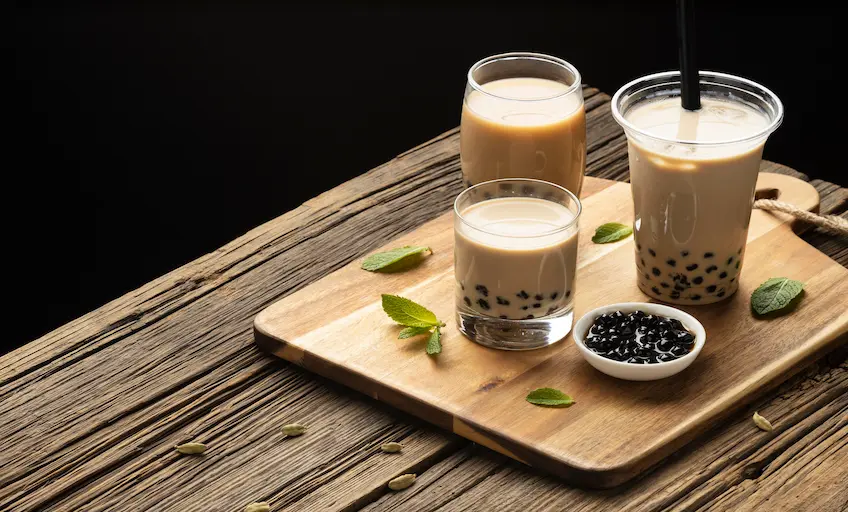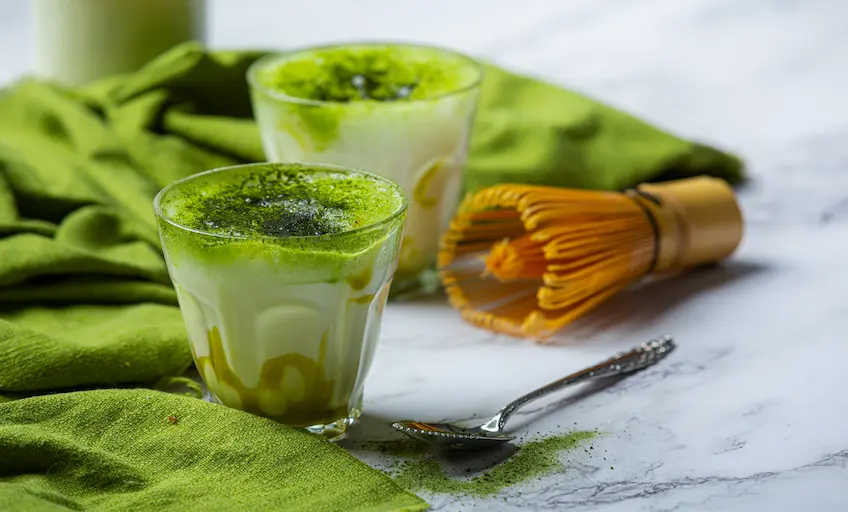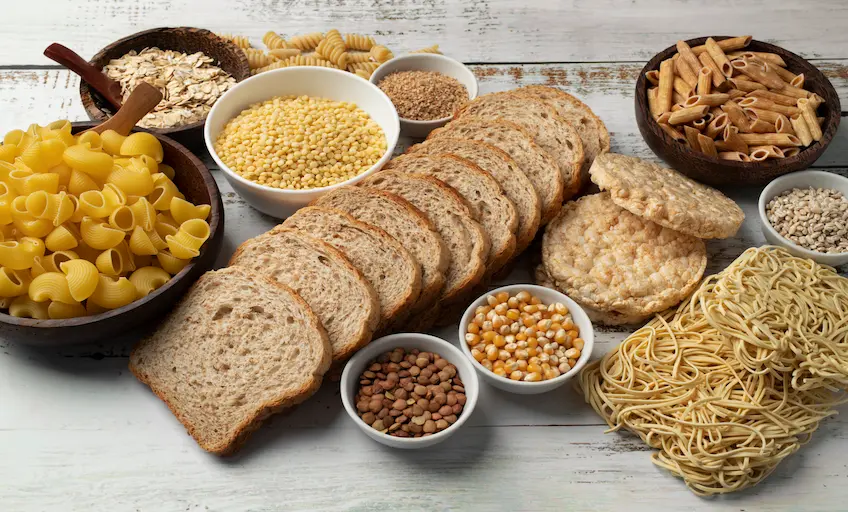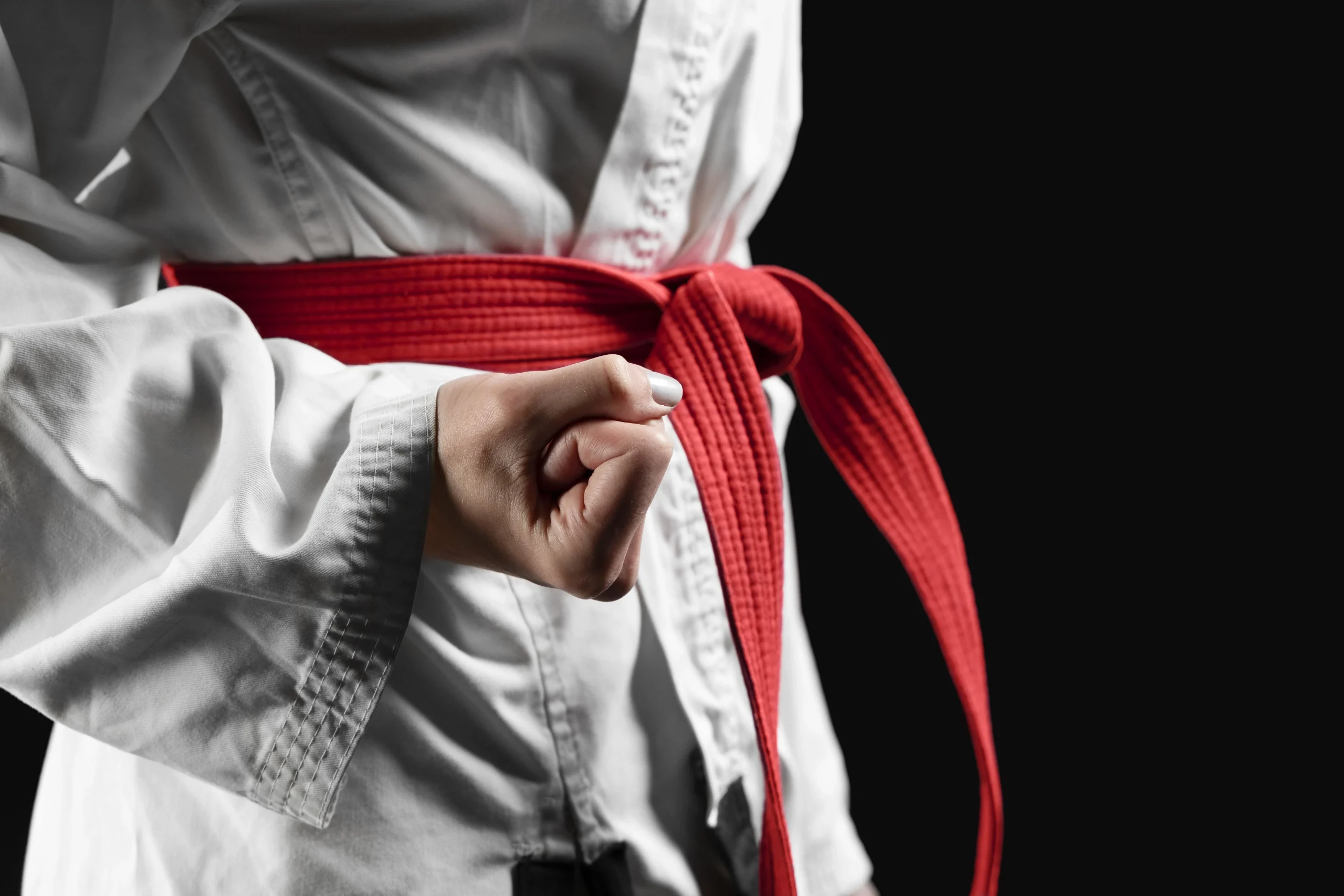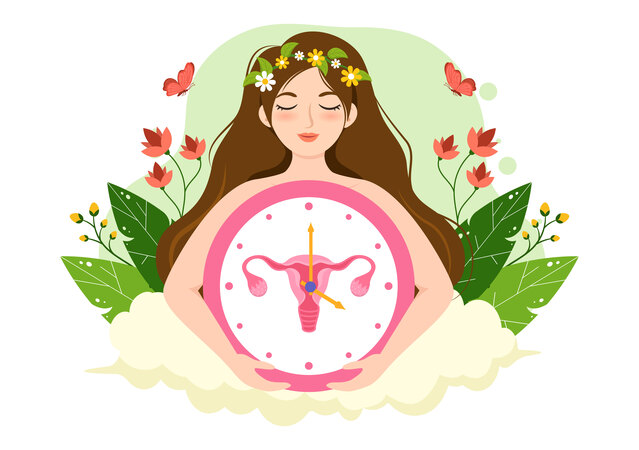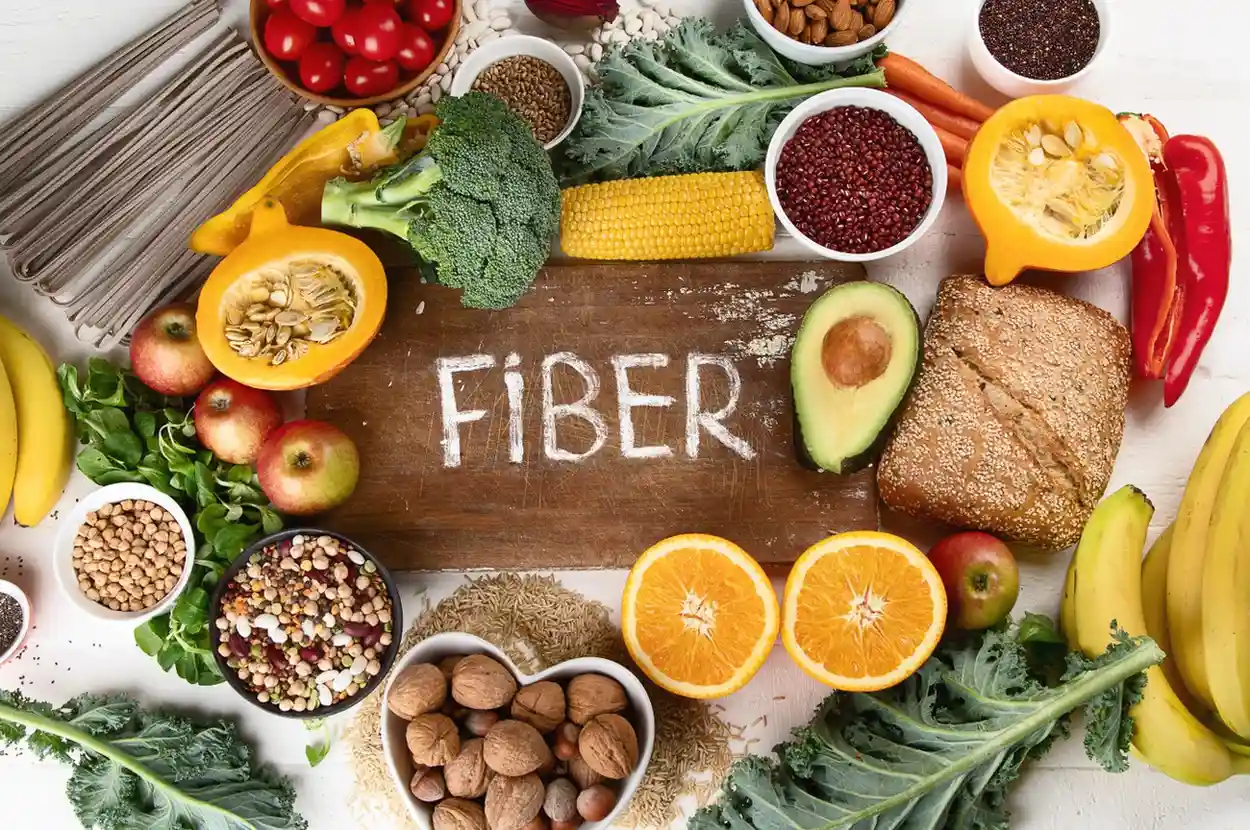Ever wondered what those chewy pearls in colorful drinks are all about? If you’ve been asking what is bubble tea, you’re not alone. This quirky Taiwanese creation has taken over cafes and Instagram feeds alike, offering a sweet, slurpy experience that’s as enjoyable as it’s flavorful. But there’s more to it than meets the eye (or straw).
What is bubble tea?
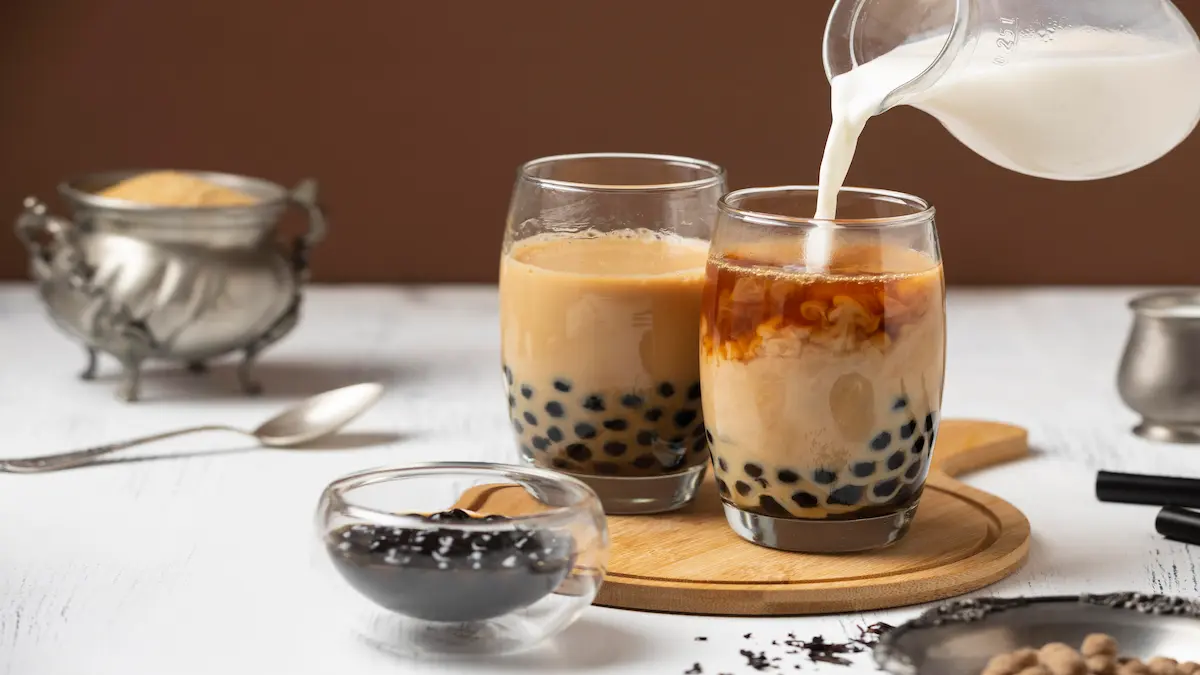
Bubble tea — also known as boba tea — is a popular beverage that originated in Taiwan during the 1980s. It usually features a tea base mixed with milk or fruit flavors and is best recognized for the chewy tapioca pearls (or boba) that settle at the bottom of the cup. The drink can be served hot or cold and is available in various flavors, from traditional black or green tea to earthy options like matcha and fruit-infused blends.
Is bubble tea healthy?
The healthiness of bubble tea depends on several factors, including the ingredients, portion size, and frequency of consumption. While a boba drink can be a fun treat, it’s generally not seen as a healthy beverage because of its high sugar content. However, you can find ways to make your boba order healthier.
Loaded with sugar
Bubble tea is often sweetened with syrups, sugar, or condensed milk. Depending on the recipe, a typical serving can contain between 30 and 60 grams of sugar.
High in calories
Sweetened ingredients, flavored syrups, or creamers added to bubble tea often raise its calorie content. A single serving of bubble tea contains approximately 355 to 469 calories, depending on the toppings, milk, and sugar used.
Spikes blood sugar levels
Tapioca pearls are produced from cassava starch and have a high glycemic index (GI). Foods with a high GI are quickly digested and absorbed in the body, causing rapid increases in blood sugar levels.
For individuals with diabetes or at risk, consuming tapioca regularly can make controlling blood sugar levels more difficult. Consistently eating many foods with a high GI can raise the risk of insulin resistance and diabetic complications.
Contains preservatives and artificial additives
Many bubble tea shops use powdered or liquid non-dairy creamers to achieve the creamy texture in milk-based teas. Some artificial sweeteners can be high in trans fats — unhealthy fats linked to a higher risk of heart disease, stroke, and inflammation. They might also contain artificial flavors, preservatives, and hydrogenated oils, which can negatively affect health over time.
What’s inside your bubble tea?
The nutritional profile of bubble tea can vary significantly depending on the ingredients, serving size, and preparation method.
Below is the nutritional profile for a typical 473 ml serving of milk tea with tapioca pearls:
| Nutrient | Amount per 473 ml |
| Calories | 355 to 469 kcal |
| Sugar | 30 to 60 grams (g) |
| Carbohydrates | 50 to 80 g |
| Fat | 0 to 15 g |
| Protein | 0 to 5 g |
| Fiber | Less than 1 g |
| Sodium | 50 to 200 mg |
Surprising bubble tea benefits
Some health benefits are linked to drinking bubble tea in moderation.
Packed with antioxidants
The main health benefit of bubble tea comes from the tea base itself. Both green and black tea contain antioxidants known as polyphenols, which help neutralize free radicals (unstable molecules that can damage cells) in the body.
Green tea, in particular, is rich in catechins, which are known for their anti-inflammatory properties and benefits to heart health. Black tea contains theaflavins, which have antioxidant and anti-inflammatory properties.
Oolong tea, a popular base for bubble tea, offers the benefits of both black and green teas, with a balanced mix of catechins and theaflavins.
Helps with hydration
Even though bubble tea may contain sugar and other additives, the tea base still helps fulfil your daily hydration needs. Staying hydrated is essential for maintaining bodily functions, including digestion, circulation, and temperature regulation. Opting for bubble tea with less or no sugar can help you stay hydrated without adding extra calories.
May aid digestion
If you choose toppings like aloe vera, bubble tea might offer some extra digestive benefits. Aloe vera is known for its calming effects and can aid digestion while reducing inflammation in the gut.
In some cases, healthier toppings like chia seeds can be added to bubble tea. Chia seeds are high in omega-3 fatty acids, fiber, and protein. Each of these nutritional components supports digestive and heart health. They can also help provide the feeling of fullness.
Lifts mood and boosts energy
If bubble tea is made with a caffeinated base like black or green tea, it can give an energy boost similar to coffee. Caffeine has been demonstrated to enhance alertness, focus, and mood.
However, moderation is important because too much caffeine can cause negative effects like jitteriness or insomnia.
L-theanine — an amino acid found in tea, especially green tea — can promote a calming effect while enhancing focus and mental clarity when combined with caffeine.
May support bone strength
For individuals who opt for milk-based bubble tea, milk can be a valuable source of calcium and vitamin D. Both calcium and vitamin D are crucial for maintaining strong bones and teeth. Calcium also plays a crucial role in muscle function and nerve transmission.
Bubble tea pros and cons
Here’s a quick look at the good and not-so-good sides of bubble tea:
Pros:
- Delicious and customizable: Choose your flavors, sweetness, and toppings to suit your taste.
- Fun texture: The chewy tapioca pearls (aka boba) make it a unique treat.
- Caffeine boost: Tea-based versions can provide an energy boost.
- Social trend: A great conversation starter and Instagram-friendly!
Cons:
- High in sugar and calories: Some versions pack more sugar than a can of soda.
- Artificial additives: Flavored syrups and powders can be less than natural.
- Not very filling: Tastes great, but won’t replace a meal.
- Environmental impact: The cumulative effect of plastic cups, lids, and straws is significant.
Tips to make your bubble tea healthier
If you love bubble tea but want to make healthier choices, here are some tips to consider:
- Reduce sugar content: Many bubble tea shops let you customize your sugar level. When ordering bubble tea, request half or less of the usual sugar or opt for a sugar substitute, such as stevia.
- Swap toppings: Skip the boba pearls or swap them for healthier choices like aloe vera, chia seeds, or fresh fruit, which offer more fiber and vital nutrients. Using fewer tapioca pearls can help you reduce sugar intake.
- Select a lighter base: Instead of milk tea, choose fruit tea or unsweetened green or black tea as your base. This will help cut down the calories and fat in the beverage.
- Choose healthier milk options: Opt for non-dairy milk alternatives like almond, coconut, or soy milk, which can provide essential nutrients and are often lower in calories and fat compared to traditional dairy milk.
- Limit portion sizes: Bubble tea servings are often quite large — opt for a smaller cup to reduce your sugar and calorie intake.
Healthy alternatives to regular bubble tea
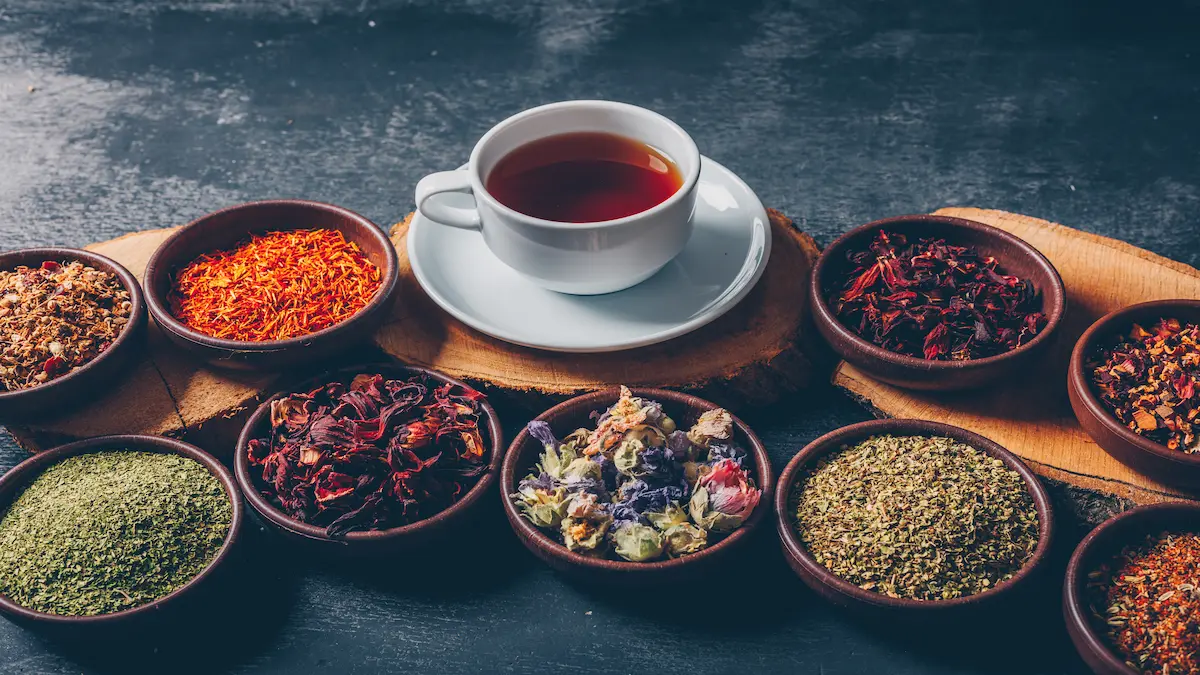
Several beverage options are available if you want to reduce sugar and calories while still enjoying a flavorful drink.
- Herbal teas: These are naturally caffeine-free and free of added sugars. Herbal teas offer a wide range of health benefits, including improving digestive health and sleep.
- Green tea: It is high in antioxidants like catechins, which can help lower inflammation, boost heart health, and support weight management. It has very few calories and contains no sugar, unless sweeteners are used.
- Sparkling water with a splash of fruit juice: Sparkling water is a refreshing, calorie-free option for staying hydrated. Adding a small amount of fresh fruit juice provides flavor without the high sugar levels found in sweetened drinks.
- Kombucha (low-sugar varieties): This fermented black tea drink contains probiotics that can support gut health. You can choose a brand of kombucha that is low in sugar.
Sip smart, stay curious
Bubble tea is more than just a drink — it’s a cultural phenomenon, a sensory adventure, and a sweet retreat from the everyday. Whether you’re captivated by the chewy boba, endless flavor combinations, or its photogenic look, it’s easy to see why it has won hearts worldwide. Just remember: like all treats, it’s best enjoyed in moderation. So go ahead, grab that cup—but sip wisely and remain curious about what’s inside.
Frequently asked questions:
Got questions about this flavorful drink? Here are your answers:
1. Is bubble tea bad for your health?
Bubble tea can be high in sugar, calories, and artificial ingredients—especially versions made with sweetened milk, flavored syrups, or popping boba. Regularly drinking it in large quantities could contribute to weight gain, blood sugar spikes, or other health concerns.
However, it’s not all bad. Opting for lower-sugar versions, using real tea bases, and being mindful of the toppings can make bubble tea a fun, occasional treat with minimal health risks.
2. How many calories are in a typical bubble tea?
A standard 475ml cup of bubble tea, typically made with milk tea, sugar, and tapioca pearls, usually contains 300 to 450 calories.
3. Does bubble tea contain caffeine?
Yes, most bubble teas do contain caffeine, especially if they’re made with traditional tea bases like:
- Black tea – ~40–70 mg caffeine per cup
- Green tea – ~30–50 mg
- Oolong tea – ~30–60 mg
However, some versions, such as fruit teas, herbal teas, or taro milk teas, may have little to no caffeine, especially if they’re made with flavored powders or non-tea bases.
4. Can bubble tea cause weight gain?
Yes, bubble tea can contribute to weight gain, particularly when consumed frequently and in large quantities.
5. Is bubble tea safe for kids?
Bubble tea can be a fun treat for kids, but keep a few things in mind:
What’s safe:
- Fruit teas without caffeine
- Low or no sugar options
- Toppings like jelly or popping boba (in moderation)
What to watch out for:
- Tapioca pearls: These are chewy and can pose a choking hazard for younger children (especially under 4–5 years).
- Caffeine: Many milk teas contain caffeine, which isn’t recommended for kids.
- High sugar content: Excess sugar isn’t great for kids’ health or energy levels.
6. Can diabetics drink bubble tea?
Traditional bubble tea is often high in sugar and carbs, which can cause blood sugar spikes, not ideal for people with diabetes. Tapioca pearls themselves are starchy, calorie-dense, and have a high glycemic index, making them a risky choice.
Tips for diabetics who want to enjoy bubble tea:
- Ask for zero or low-sugar options
- Skip the tapioca pearls or replace them with low-carb toppings like aloe vera or chia seeds
- Choose green tea or herbal tea bases with no added sweeteners
- Go for non-dairy, unsweetened milk alternatives
7. How often is it okay to drink bubble tea?
If you’re generally healthy and mindful of your diet, enjoying bubble tea once a week or a couple of times a month is perfectly fine.
Key Takeaways
- Bubble tea typically features a tea base combined with milk or fruit flavors and is renowned for its chewy tapioca pearls (or boba) that settle at the bottom of the cup.
- It is high in antioxidants, may aid digestion, and support bone health.
- To create a healthier version, consider changing toppings, reducing sugar intake, and adjusting portion sizes.
Stay tuned to the Activ Living Community. Keep up to date with the latest health tips and trends through expert videos, podcasts, articles, and much more on nutrition, fitness, mindfulness, and lifestyle conditions like Asthma, Blood Pressure, Cholesterol, and Diabetes. Activ Living ke saath sahi sehat ki shuruat ABHI karo.
You may also be interested in the following blogs:
Popular Searches
How to lower blood pressure | Fruits good for liver | Unhealthy foods | Ragi Benefits | Basal Metabolic Rate | Acupressure points for High Blood Pressure | Ayurvedic medicine for blood pressure | How to control cholesterol at home | Homeopathy for Asthma | Biological Age | Home remedies for TB | Natural beta blockers | Negative effects of internet | Types of walking | Blood pressure calculator | Blood sugar calculator | BMI Calculator





 1800-270-7000
1800-270-7000

